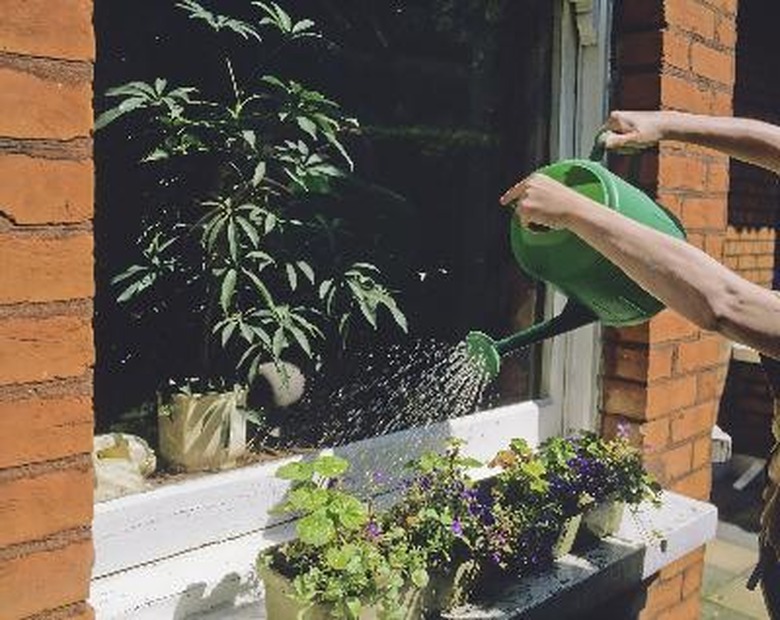What Happens When Plants Have Too Much Water?
Plants need water. This basic fact is known to everyone, regardless of gardening experience. What some people do not know is that giving a plant too much water can do more damage than not giving it enough. A dry plant can always be given more water — but the presence of excess moisture can cause a number of health problems that are very difficult to cure.
Wilting and Defoliation
Wilting and Defoliation
The first signs that a plant is being over-watered are wilting and defoliation. Wilting is a general drooping of the plant, while defoliation causes leaves to yellow, wither and fall off. Many novice gardeners attribute this to lack of water and make the situation worse by adding more. If in doubt, you should check the soil. If it is dry you should add water, but hold off if it is wet or moist.
Disease
Disease
Many diseases and molds thrive in a wet environment. Crown Rot, Phytium and Phytophthora are just three diseases that are attracted to excess moisture. Once these diseases and molds take hold, it is very difficult to remove them. Humans are generally safe from plant diseases, but the presence of mold can be a major respiratory hazard.
Drowning
Drowning
Because plants do not have lungs to deliver oxygen to their cells, they are covered with tiny pores called stomata. These stomata allow oxygen to diffuse into a plant and carbon dioxide to diffuse out. Stomata cover all areas of a plant, including the roots. Overwatering causes these stomata to be blocked, preventing the exchange of gasses and eventually killing the plant.
Root Rot
Root Rot
When kept in a highly saturated environment, the roots of a plant will eventually begin to rot. This process occurs while the plant is still alive, gradually reducing its root system and eventually killing it. A larger plant with rotting roots may be unable to hold itself up and eventually fall. Once this has happened the roots will be too far gone to repair the damage.
